Centuries-old pavilion in UNESCO-listed Shazdeh Garden to undergo restoration
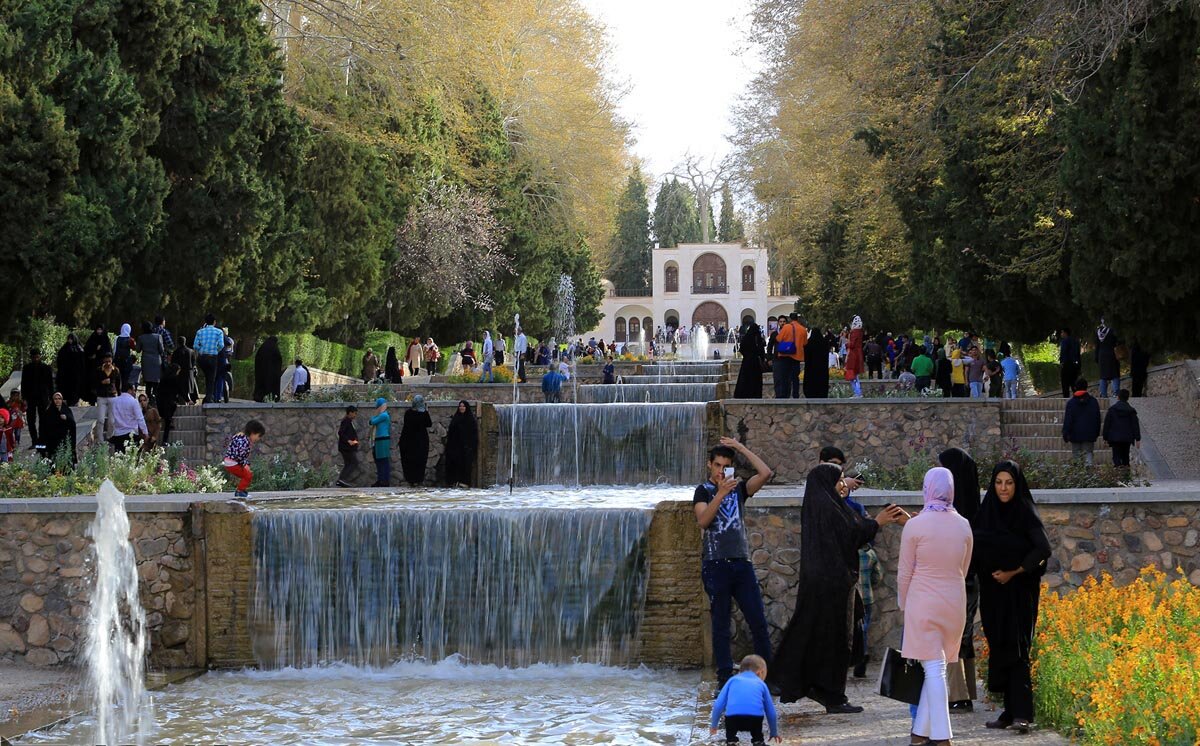
TEHRAN – A restoration project is arranged to help preserve the centuries-old pavilion in the UNESCO-listed Shazdeh Garden, situated in the Mahan district of Kerman province, southern Iran.
Fouzieh Farahbakhsh, the director of the World Heritage site, announced the initiative on Tuesday, saying “This significant cultural heritage site is set to receive some government funds allocated for its conservation.”
She emphasized that the restoration of the garden’s pavilion, known in Persian as “Koushk”, is a priority. “This funding, drawn from national allocations, is specifically earmarked for the restoration and organization of the Shazdeh Garden’s interior spaces, with a particular focus on the pavilion.”
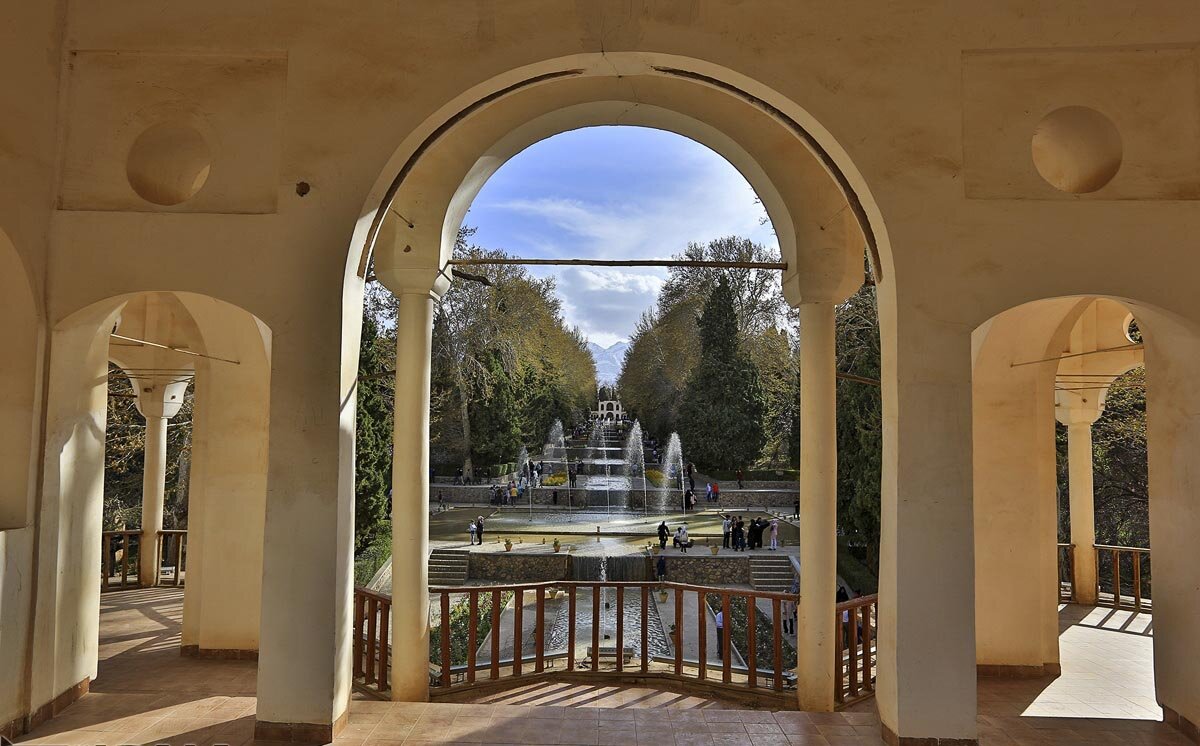
The primary operations planned for this phase include the restoration and improvement of the pavilion’s wooden railings and the brickwork on the rooftop of the main pavilion. These efforts are crucial in maintaining the structural integrity and aesthetic appeal of the pavilion, which is a centerpiece of the garden.
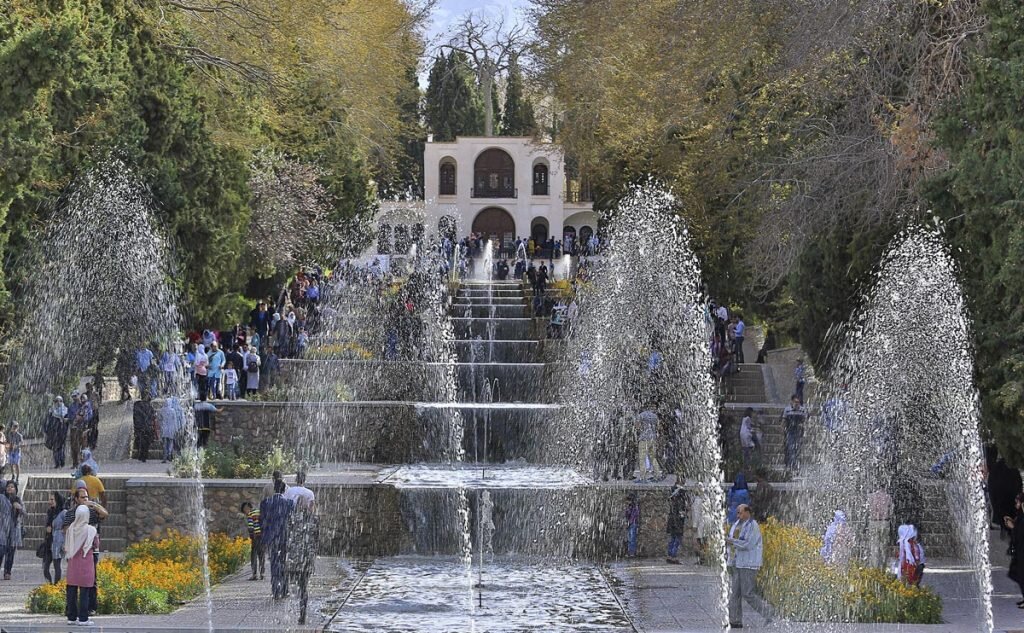
Shazdeh Garden, also known as Prince’s Garden, is one of the nine Persian gardens that were collectively inscribed as a UNESCO World Heritage site in 2011 under the title “The Persian Garden.” This garden is renowned for its historical and architectural significance, as well as its lush landscape and intricate design. It dates back to the Qajar dynasty, specifically to the reign of Abdolhamid Mirza Farmanfarma Nasser-ed-Dowleh, the then-governor of Kerman, who commissioned its construction in the late 19th century.
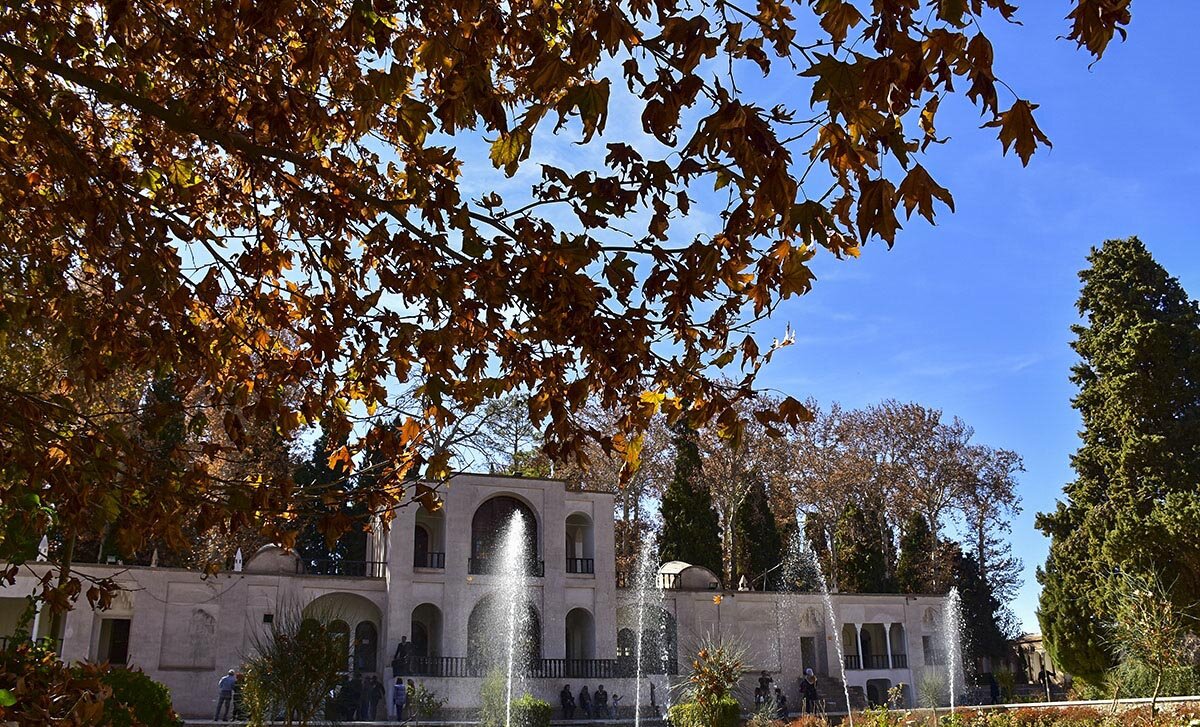
The garden is a prime example of the Persian garden design, which is characterized by its symmetrical layout, water features, and integration with the surrounding landscape. Shazdeh Garden’s design includes a series of terraces, fountains, and pools, creating a tranquil oasis in the arid climate of Kerman Province.
The pavilion itself is a testament to Persian architecture, featuring ornate designs and traditional construction techniques that have withstood the test of time. Its restoration is not only an effort to preserve the past but also to maintain the cultural identity and historical continuity of the region.
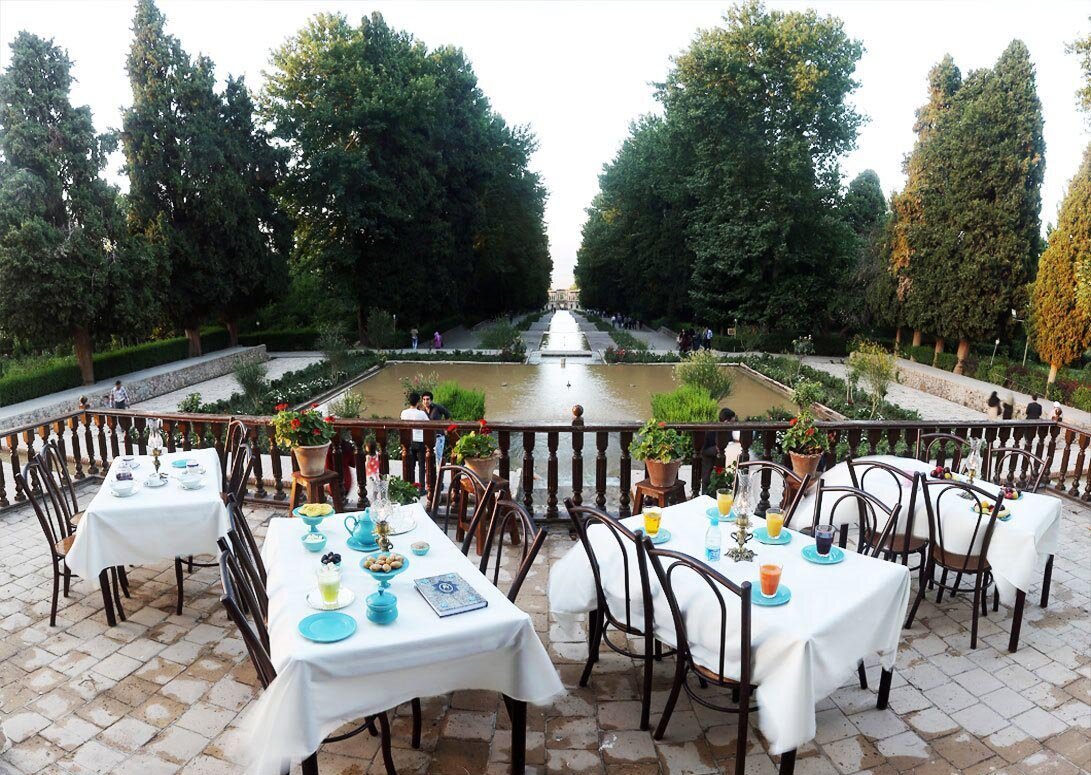
One outstanding feature of Persian gardens is the arrangement of a pond in the center of the structure. The dance of fountains in the middle of Shazdeh Garden has given an admirable view of it that leaves everyone in wonder and appreciation.
For millennia, Iranian gardens have combined the magic of nature with the aesthetic qualities of art and architecture to create a symbolic representation of paradise on Earth.

A typical Persian Garden interweaves natural elements with manmade components to embody the idea of creating a paradise on Earth by the means of artistic, philosophical, figurative, and religious notions.
According to the UN cultural body, the flawless design of the Persian Garden, along with its ability to respond to extreme climatic conditions, is the result of an inspired and intelligent application of different fields of knowledge, i.e. technology, water management, and engineering, architecture, botany, and agriculture.
AM
Leave a Comment